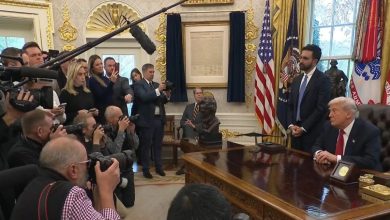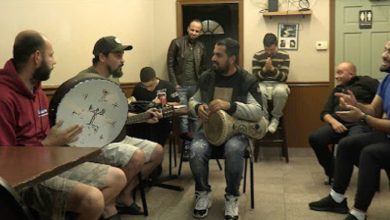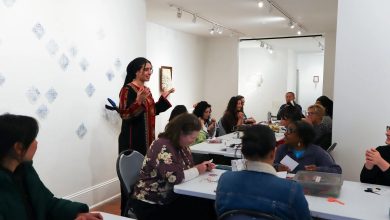Identity of Muslims and Arabs in the U.S.: Heritage, Faith, and Community
Exploring how Arab and Muslim Americans shape their identity through faith, food, culture, and resilience, with communities like Astoria’s Little Egypt as living examples.
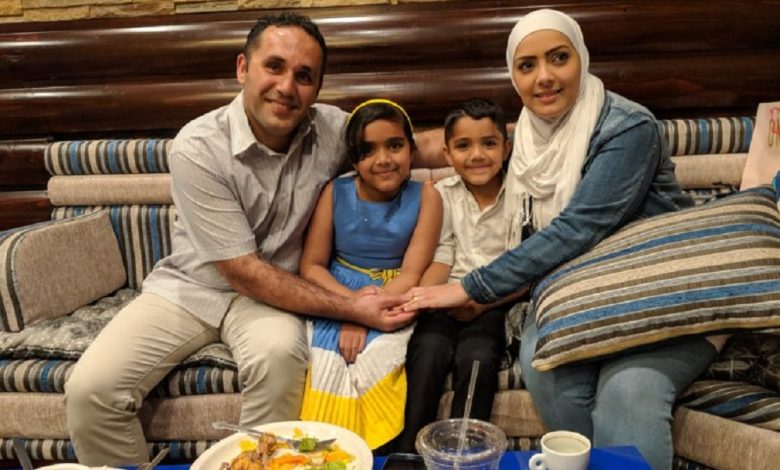
The identity of Muslims and Arabs in the United States is rich, diverse, and continually evolving. Shaped by faith, migration histories, cultural traditions, and civic engagement, Arab and Muslim Americans have established strong communities that balance heritage with American life. While they come from varied countries—including Lebanon, Egypt, Palestine, Yemen, Syria, Iraq, and beyond—shared cultural and religious practices have helped maintain a sense of belonging.
In places like Astoria’s Little Egypt in New York City, food, language, and community life are not just daily routines but essential markers of identity. A plate of shawarma, a cup of Yemeni coffee, or a neighborhood gathering becomes a living expression of heritage passed down through generations.
Historical Roots
Arab migration to the U.S. began in the late 19th century, primarily with Christian immigrants from Lebanon and Syria. By the mid-20th century, Muslim migration increased, with arrivals from Palestine, Egypt, Iraq, and later, South Asia and Africa. Each wave of migration contributed to shaping the identity of Muslim and Arab Americans, blending cultural preservation with adaptation to U.S. society.

Faith and Religious Identity
Islam remains a central pillar of identity for many Muslim Americans, with mosques serving not only as places of worship but also as community centers, schools, and cultural hubs. Similarly, Arab Christians—Coptic, Maronite, Orthodox, and Catholic—have also established vibrant congregations. Together, these communities highlight the religious diversity within the Arab American identity.
Cultural Identity and Heritage
Food, language, and festivals remain vital in preserving cultural traditions. In Astoria’s Little Egypt, Steinway Street is lined with Middle Eastern restaurants, hookah lounges, and coffeehouses that symbolize cultural continuity. Places like Qahwah House (with Yemeni coffee), Sabry’s Seafood (Egyptian cuisine), and Kebab Cafe (authentic family dining) ensure that younger generations remain connected to their heritage.
Challenges and Representation
Arab and Muslim Americans often face stereotypes, discrimination, and political marginalization, particularly in the post-9/11 era. Despite these challenges, they continue to assert their presence in politics, media, academia, and business. Increasingly, Arab and Muslim Americans are reclaiming their narratives, highlighting their contributions to U.S. society while resisting simplistic portrayals.
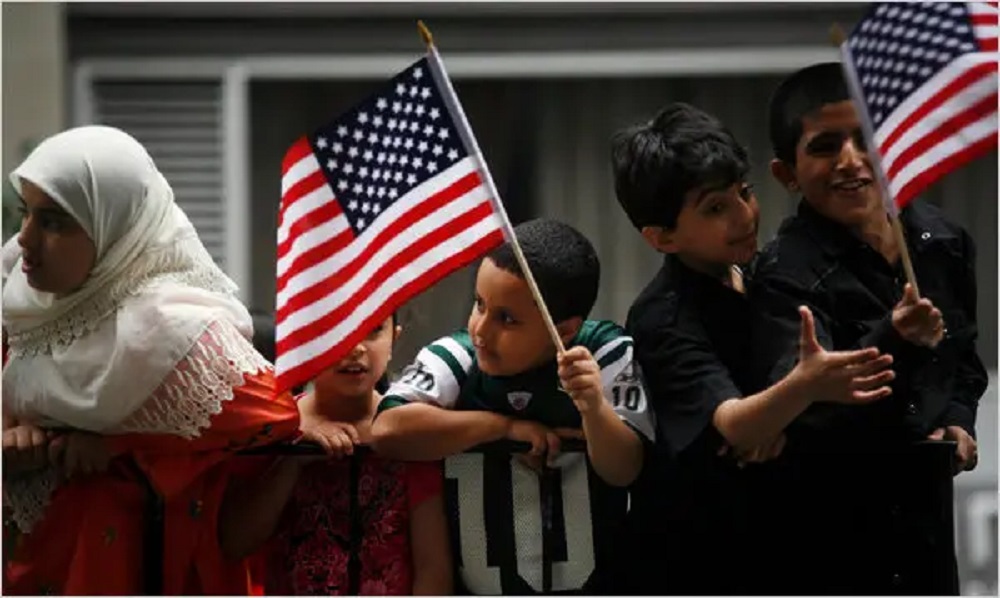
Community Pride and the Future
Today, Arab and Muslim identity in America is marked by resilience, pride, and dual belonging. Communities like Little Egypt in Queens or Dearborn in Michigan serve as reminders that heritage is alive and evolving. Through cuisine, festivals, music, and interfaith dialogue, these communities strengthen their cultural roots while embracing their place in American society.
The identity of Muslims and Arabs in the U.S. is both diverse and unified. It reflects histories of migration, struggles for recognition, and celebrations of heritage. From religious life to culinary traditions, Arab and Muslim Americans continue to enrich the American story, creating spaces like Little Egypt that preserve culture while building bridges of understanding.
